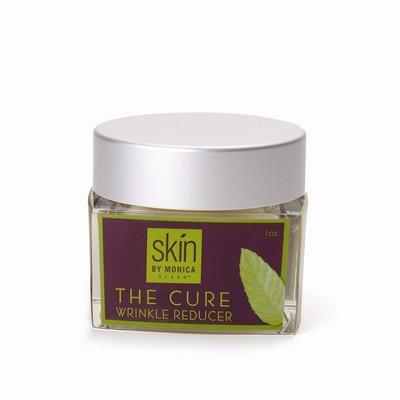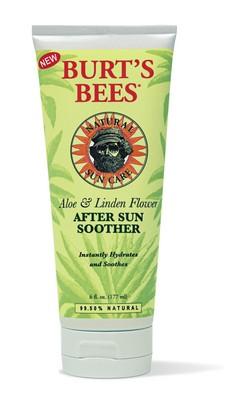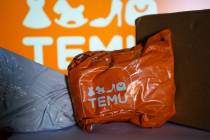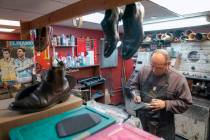Au Natural



Looks can be deceiving and some members of the "natural" beauty industry have been banking on it. All natural or not, companies simply change a pink bottle to green, add a few floral or botanical embellishments to the label and — voilá — they have an au naturel product. Or one that can be marketed as such and consumers believe is natural, anyway.
True natural beauty companies don’t think creative packaging should have anything to do with stamping a 100 percent natural sticker on a product, though. "It’s easy to claim natural," said Dr. Daniel Fabricant, vice president of science and regulatory affairs with the Natural Products Association. "But it’s a lot tougher to be natural."
While natural products can be more difficult to create than other types of skin-care products, Monica Olsen says the difficulty arises in the expenses. "Chemists don’t want to use all natural ingredients because they’re schooled to use chemicals," said the creator of Skin by Monica. Natural products take a lot more research and development, Olsen said.
Organic products, which are regulated by the U.S. Department of Agriculture and therefore easier to identify as truly organic, must contain ingredients that are 70 percent organic (grown in soil free of pesticides or chemicals for seven years) to make the claim. Natural products, however, rely on the integrity of the company to decide whether the ingredients list contains no manmade products. While ingredients can start out natural, processing practices can quickly remove them from the natural categorization.
Although the number of natural personal care products has been growing at more than five times the rate of regular products in recent years, according to a study conducted by Burt’s Bees, no entity currently regulates the industry.
How loosely or strictly the term "natural" is interpreted also colors the discussion. The way Olsen sees it, if consumers really know what’s good for them, they won’t want to put a 100 percent natural product on their faces. "Horse urine is 100 percent natural," Olsen said of urea, a natural ingredient. "But it’s not good, it’s drying." She believes the same goes for bee’s wax, a commonly used preservative. It’s natural but do you know where that bee traveled to collect its pollen? True natural products pride themselves on a non-harmful, chemical-free manufacturing process. "If a bee got its pollen from a pesticide-sprayed rose bush, then that’s a problem," Olsen said.
The labels for Skin by Monica products boast such reliable natural ingredients as lavender essential oil, grapefruit extract, natural coconut, shea butter and cucumber extract. They also include hard-to-pronounce ingredients, though, which generally signifies the presence of manmade products.
Olsen sees the manmade ingredients as essential components in her skin-care line since they deliver the natural ingredients to the cell level. Without them, she says, quality would suffer.
Organizations such as Burt’s Bees and the Natural Products Association beg to differ, which is why they want to ensure that only natural ingredients show up on the labels of products touted as natural. Otherwise, they say, the term gets abused and consumers are deceived.
Either way, it’s ultimately up to the consumer to decide which products work best. Chief marketing officer of Burt’s Bees Mike Indursky says companies are going so far as covering up chemical names with natural-sounding names. "Regardless," he said, "consumers need to educate themselves on what to look for."
nature’s cure To get ahead of the game and decide what’s best for you, we suggest researching natural beauty products. Here are a few resources worth checking into: • burtsbees.com/thegreatergood •skinbymonica.com •avalonnaturalproducts.com • jowoodorganics.com •carolsdaughter.com •earthlybody.com •jurlique.com •renskincare.com •usa.loccitane.com •juicebeauty.com •sheaterraorganics.com











